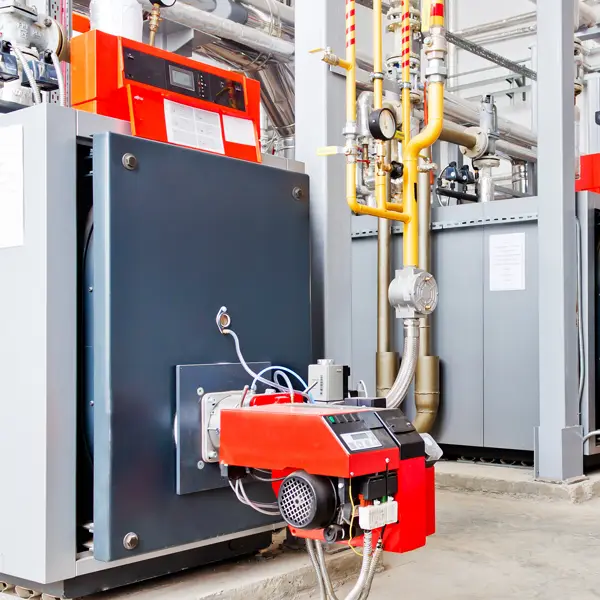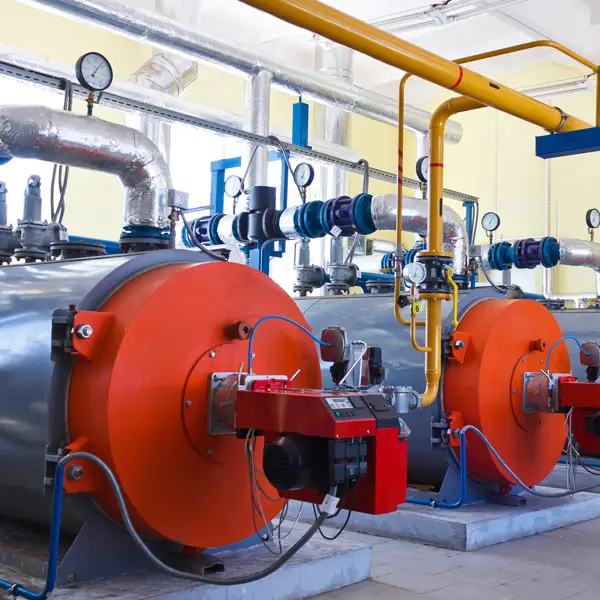Plug valves silently play a vital role, offering exceptional control...
Read Article >Steam is used in a large number of industrial applications and we’re proud to provide high-quality valves to many of them. Our decades of research and industry experience are leveraged by our engineers to design durable, long-term solutions.
Our steam valves are engineered to cater to the high demands of various industrial steam applications. As specialists in steam valve solutions, John Valves offers an extensive range of products designed to optimise your industrial processes.
Whether you’re in the power generation sector, chemical manufacturing, or involved in the food and beverage industry, our steam valves are engineered to provide unparalleled performance.
Made with the finest materials and designed to withstand high temperatures and pressures, our valves ensure a seamless, safe, and efficient management of steam flow in your systems.
Contact one of our specialists about your specific needs. We aim to respond to your message on the same or next business day.
The choice of Australian-manufactured valves by John Valves for steam-related industries is grounded in their commitment to quality, efficiency, and versatility, vital attributes in this demanding sector. Their range includes safety relief and globe valves, each designed to meet specific steam operations challenges.
The long history of John Valves, dating back to 1896, coupled with their adherence to ISO 9001 standards, reflects their deep understanding of the industry’s requirements and commitment to quality. This extensive experience ensures that their valves are not only of high quality but also tailored to the specific demands of the steam industries.


Recognising that each project has its own set of unique requirements, John Valves is also your go-to source for customised specialty valves. Whether it’s for a specific project or a unique challenge, we tailor our solutions to meet your exact needs, ensuring compliance with industry standards and environmental safety.
Our products are more than just hardware; they are integral components that prevent shutdowns, protect people, and preserve the environment. We ensure that every valve we supply not only meets but exceeds industry compliance standards.

In the oil and gas industry, the longevity and efficiency of valve systems are crucial. Our valve repair & reconditioning service is dedicated to ensuring that your valves function optimally, extending their lifespan and enhancing performance.
We specialise in restoring valves to their original specifications, using advanced techniques and quality parts. Our skilled technicians can handle a wide range of valve types, ensuring they meet the stringent demands steam industries.
With our service, you can expect reduced downtime, cost savings, and a commitment to environmental sustainability by prolonging the life of your existing valve infrastructure.

Plug valves silently play a vital role, offering exceptional control...
Read Article >Parallel slide valves are used on high pressure and temperature...
Read Article >Maintaining the safety and integrity of industrial processes demands a...
Read Article >The bellows are made of high-strength materials and offer excellent...
Read Article >If would like to know more, please get in touch and we’ll be happy to answer your questions.
The most suitable types of valves for steam applications include gate valves, globe valves, ball valves, and check valves. Gate valves are ideal for on/off control of steam flow, globe valves offer precise flow regulation, ball valves provide tight shut-off, and check valves prevent backflow in the system. The choice depends on the specific requirements of the application, such as the need for flow control, pressure levels, and the nature of the steam (saturated or superheated).
The selection of valve material for steam service depends on factors like temperature, pressure, and the nature of the steam. Common materials include carbon steel, stainless steel, and alloy steels. Stainless steel is preferred for high-temperature and high-pressure applications due to its corrosion resistance and strength. Carbon steel is often used for lower temperature and pressure levels.
The primary difference lies in their design and function. A steam globe valve is used for regulating flow and has a baffle that the valve plug closes against, offering better control of flow rate. A steam gate valve, on the other hand, is mainly used for starting or stopping flow. It provides a straight-through passageway when open, leading to minimal pressure drop.
The maintenance frequency for steam valves depends on their usage, environment, and the specific type of valve. Generally, it is recommended to perform regular inspections and maintenance at least annually. More frequent checks might be necessary for valves in critical applications or harsh conditions
Many steam valves can be repaired, depending on the type and extent of the damage. Components like the seat, disc, stem, or packing can often be replaced or repaired. However, if the valve body is damaged or the valve is severely corroded, replacement might be the only option. It is essential to consult with a valve specialist to determine the best course of action.
Common causes of steam valve failure include corrosion, wear and tear due to constant use, improper installation, incorrect valve sizing or type for the application, and lack of regular maintenance. High temperatures and pressures can also contribute to valve failure over time.
Yes, superheated steam applications often require specialised valves that can handle higher temperatures and pressures compared to saturated steam valves. Materials and design features need to be selected to accommodate the more demanding conditions of superheated steam.
Backpressure can affect steam valve performance by changing the flow characteristics and potentially causing premature wear or damage. It’s important to select a valve that can handle the expected backpressure in the system and to ensure proper installation and maintenance to mitigate these effects.

Valve manufacturer and supplier of high quality valves to Australian and International Customers for over 120 years.
Head Office Ballarat: 03 5336 2113
Sydney Office: 0411 749 507
Perth Office: 08 9249 1942
Brisbane Office: 07 3050 0122
Adelaide Office: 0418 503 570
Trademarks & Copyright © 2025 John Valves Pty Ltd | All Rights Reserved | Privacy Policy | Terms of Use | Sitemap